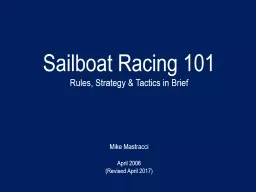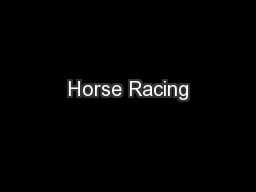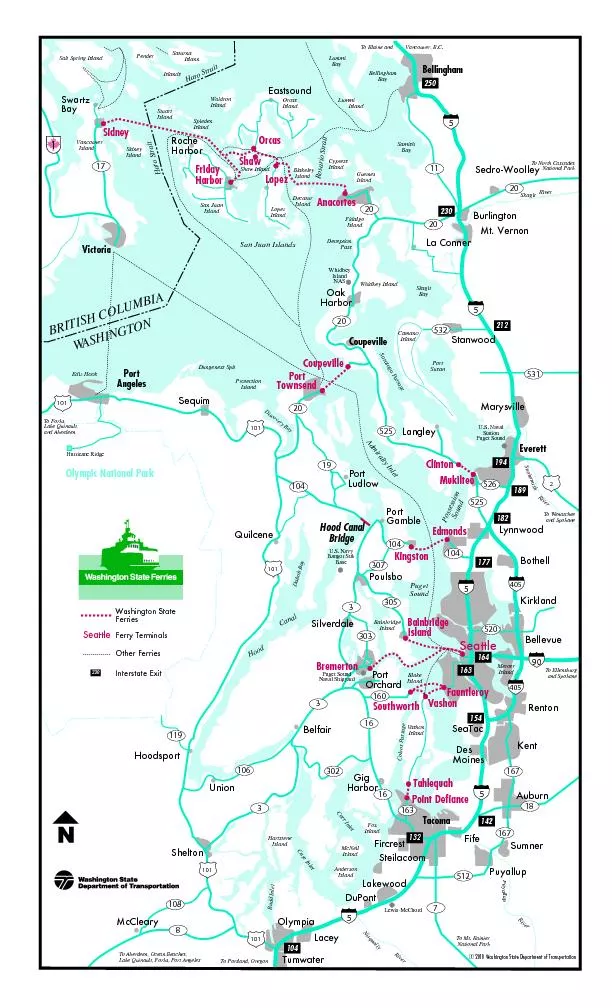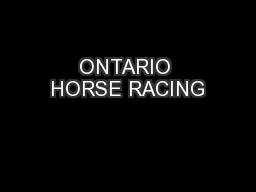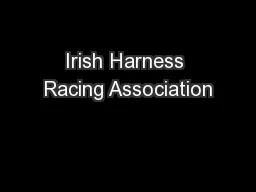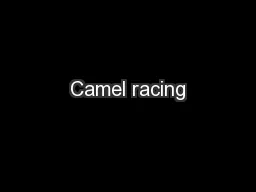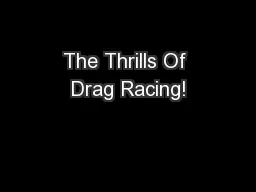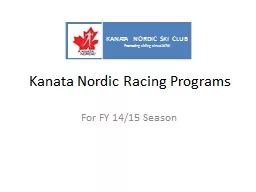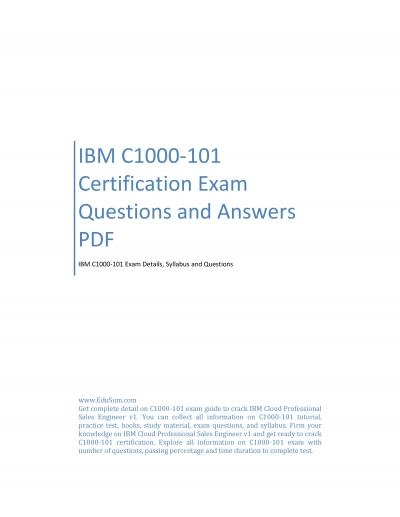PPT-Sailboat Racing 101
Author : olivia-moreira | Published Date : 2017-08-06
Rules Strategy amp Tactics in Brief Mike Mastracci April 2006 Revised April 2017 Rules Why do we need rules anyway Sailboat racing is a very complex game Ours is
Presentation Embed Code
Download Presentation
Download Presentation The PPT/PDF document "Sailboat Racing 101" is the property of its rightful owner. Permission is granted to download and print the materials on this website for personal, non-commercial use only, and to display it on your personal computer provided you do not modify the materials and that you retain all copyright notices contained in the materials. By downloading content from our website, you accept the terms of this agreement.
Sailboat Racing 101: Transcript
Download Rules Of Document
"Sailboat Racing 101"The content belongs to its owner. You may download and print it for personal use, without modification, and keep all copyright notices. By downloading, you agree to these terms.
Related Documents

